Rome, the capital of Italy, is a large cosmopolitan city with an artistic, architectural, and cultural history that dates back almost 3,000 years and influenced the entire world.
In addition to the most famous tourist attractions such as the Colosseum, the Roman Forum, the Pantheon, the Trevi Fountain, and the Spanish Steps, the area around the Department also offers plenty of possibilities for those who wish to avoid the most crowded tourist destinations and escape from the chaos of the historic center.
Allow yourself to get lost in the alleys of the surrounding neighborhoods and discover little gems of classical, urban, and industrial art and architecture. Here you can find some of our recommendations.
(Main source: https://www.turismoroma.it/en/tipo-luogo/monuments)
Monuments and museums
Basilica of Saint Paul Outside the Walls
Piazzale di San Paolo, 1
Metro (B Line): Basilica San Paolo
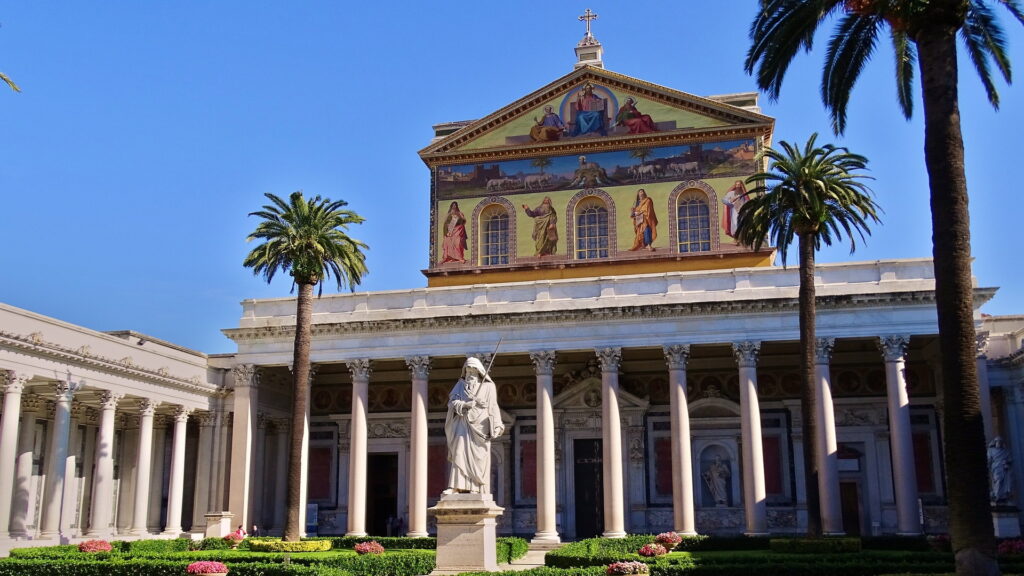
The Papal Basilica of Saint Paul Outside the Walls is one of Rome’s four major papal basilicas, the second largest basilica in Rome after St. Peter’s. Founded by Emperor Constantine I over the burial place of Paul of Tarsus and consecrated by Pope Sylvester in 324, the temple was expanded in 385-395 and later rebuilt in 1825-1854 after a devastating fire. The magnificent interior is divided into five naves by eighty monolithic granite columns, while the apse is dominated by a majestic mosaic. The upper band of the facade is decorated with 17th-century gold mosaics that reflect the rays of sunlight.
Centrale Montemartini
Via Ostiense, 106
Metro (B Line): Garbatella
Centrale Montemartini was the first electrical power station of Rome. An extraordinary example of industrial archaeology converted into a museum, today the Centrale is the second exhibition center of the Capitoline Museums. In a bold layout that juxtaposes two diametrically opposed worlds—archaeology and industrial archaeology—a considerable collection of classical marble sculptures creates a striking game of contrasts with the liberty-stile furnishing of the former power station and its original turbines, diesel engines, and the colossal steam boiler.

Porta San Paolo
Piazza di Porta San Paolo
Metro (B Line): Piramide
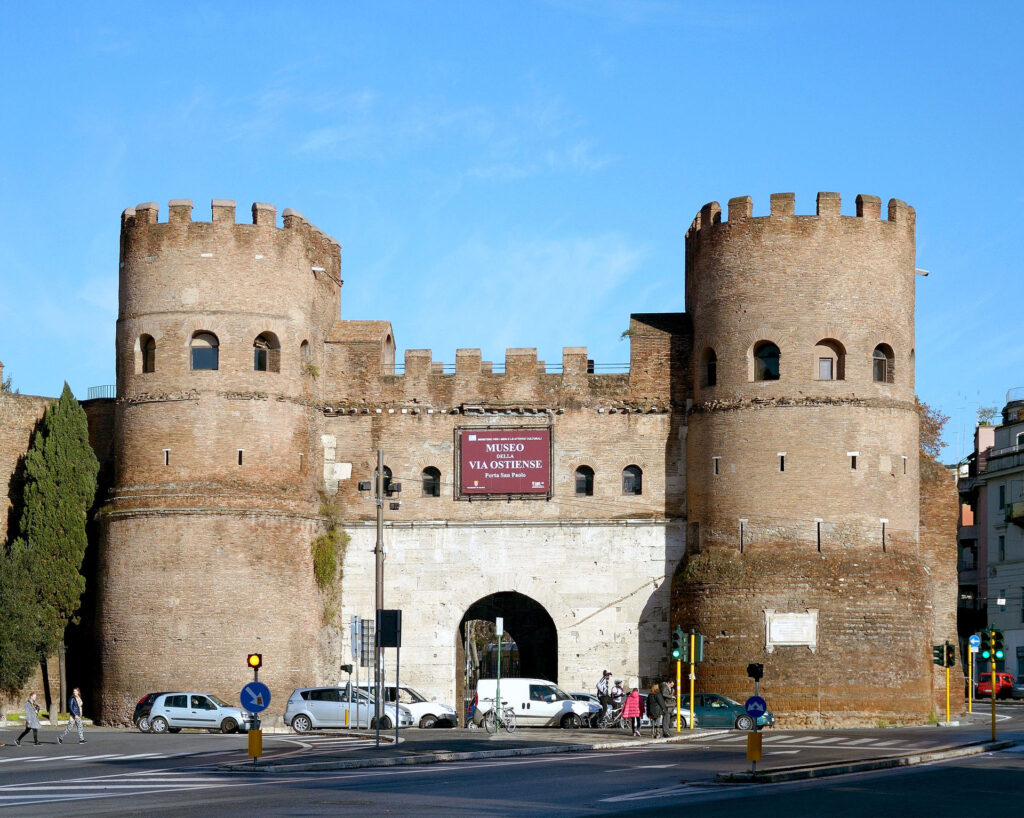
A famous passage in the ancient Aurelian Walls built in the 3rd century AD, this gateway marks the starting point of Via Ostiense, the road that connects the center of Rome to the coastal neighborhood of Ostia. Over the centuries, the Gate witnessed numerous historical events, such as the betrayal of the garrison, which let the Ostrogoths led by Totila enter Rome in 549, and the 1943 battle of the 21st Grenadiers Infantry Division of Sardinia trying to prevent the German army from occupying the city. Today, the Gate hosts the Museum of the Via Ostiense, which exhibits significant finds, casts of inscriptions, reliefs, and funerary stones, retracing the path of the long road that connected Rome to its ancient port city.
Pyramid of Caius Cestius
Via Raffaele Persichetti
Metro (B Line): Piramide
Built between 18 and 12 BC and inspired by Egyptian models, it was the tomb of Caius Cestius, a praetor, a tribune of the plebs, and a member of the Septemviri Epulones, magistrates who organized banquets in honor of the most prominent deities. The structure, located just outside Porta San Paolo, is 36.40 meters high and has a square base of about 30 meters per side, while the external cladding is made up of Lunense marble slabs. The barrel-vaulted burial chamber inside the Pyramid is painted white and decorated with refined frescoes with figures of nymphs and winged Victories.
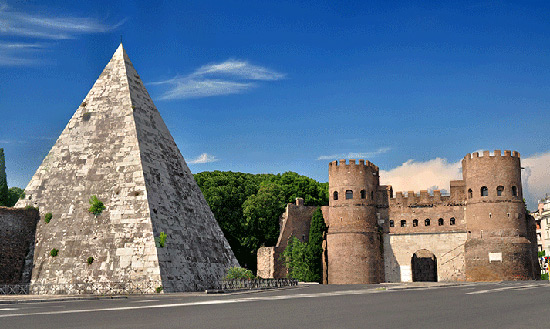
Neighborhoods and districts
Garbatella
Metro (B Line): Garbatella

Garbatella was founded in 1920, after Mussolini forced people to move outside the historic center. Designed to recreate the concept of the English “Garden City”, this distinctive urban zone is renowned for its mix of Rococo, Baroque, and Rationalist influences, as well as its characteristic “lotti”, several buildings grouped together around a common garden area. A popular legend says that a young and beloved innkeeper called Carlotta lived in the area and people would often refer to her as a “garbata ostella” (polite innkeeper), which became “Garbatella” throughout the years. The Teatro Palladium, a historic theater built in 1927, is now run by Roma Tre.
Testaccio
Metro (B Line): Piramide
Testaccio is a traditional working-class district (“rione”) situated just outside Porta San Paolo. In addition to its lively nightlife, Testaccio also hosts many sites of extreme cultural and historical value, such as its traditional food market and Monte Testaccio, an artificial mound composed almost entirely of fragments of ancient pottery. The mound is 35 meters high and contains an estimated total of 53 million Roman amphorae. Also worth a mention is Testaccio’s Ex Mattatoio (former slaughterhouse), which was built between 1888 and 1891 and today hosts the museum of contemporary art of Rome (MACRO), as well the Department of Architecture of Roma Tre.
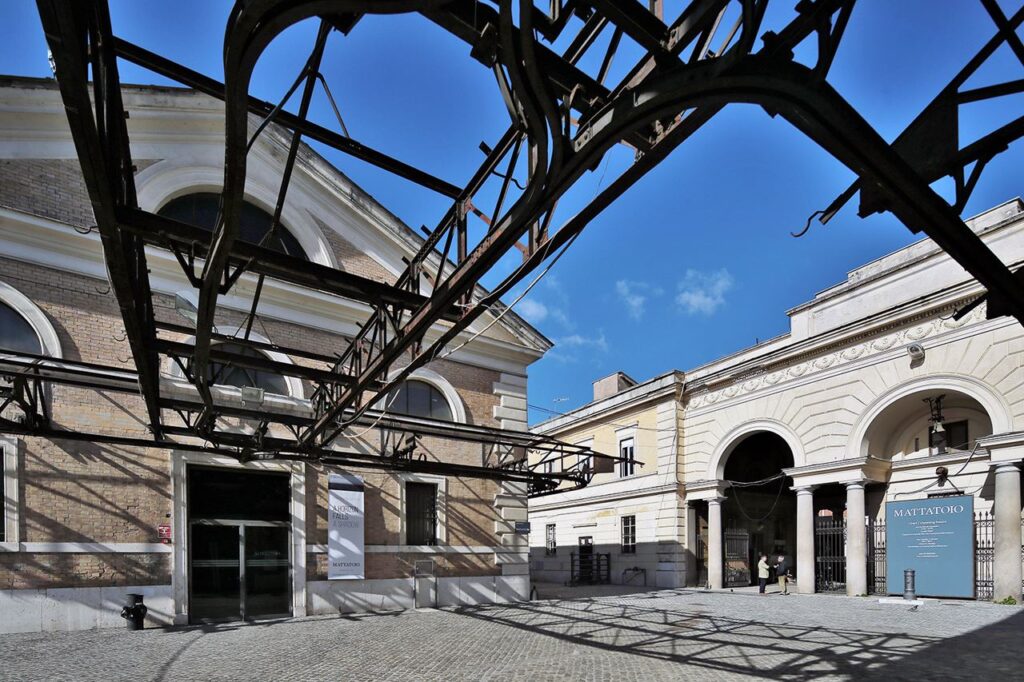
EUR
Metro (B Line): EUR Palasport / EUR Fermi
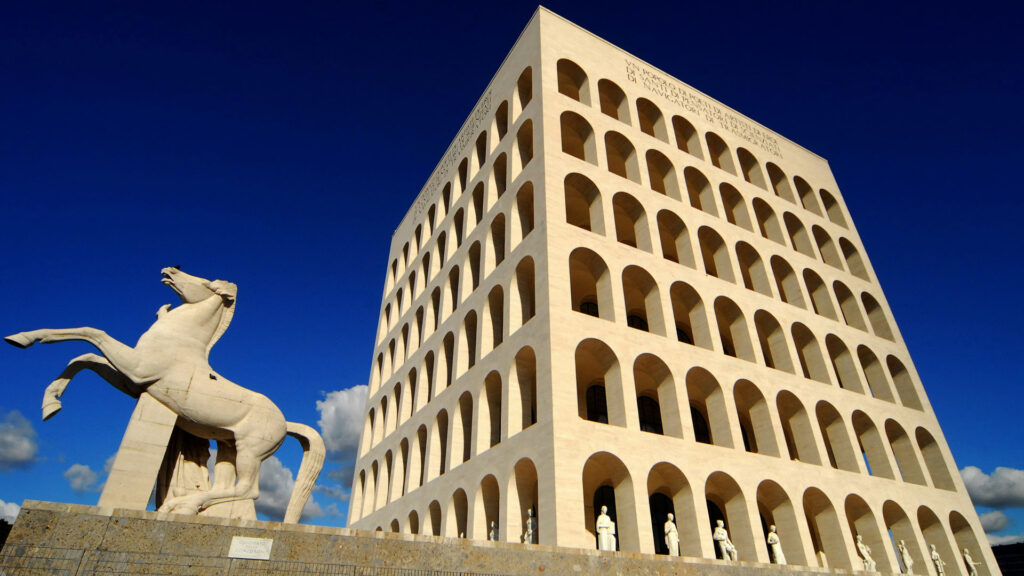
Designed to host the 1942 World Expo, the EUR district was built according to the standards of rationalist architecture and with abundant symbols of the then ruling regime. The symbolic icon is Palazzo della Civiltà Italiana (Palace of the Italian Civilization), called by the Romans “square Colosseum”, an immense mass of travertine about 68 meters high, now in concession to the Maison Fendi. EUR’s rationalist buildings house the numerous collections of Museo delle Civiltà (Museum of civilizations). La Nuvola (the cloud), the most important and modern congress center in the city, designed by the world-famous architect Massimiliano Fuksas and completed in 2016, is also located here.
